Six times chancellors cut taxes before an election - and what happened next
From the 1987 ‘bribes budget’ to Gordon Brown’s cuts, chancellors can be generous when voting nears – with mixed results

Sign up to the Telegraph Politics Newsletter to receive your essential political digest from the corridors of Westminster
From the 1987 ‘bribes budget’ to Gordon Brown’s cuts, chancellors can be generous when voting nears – with mixed results











Our weekly Peterborough diary column - published every Friday at 7pm - reveals what's really going on in Westminster
The Telegraph’s weekly Peterborough diary column offers an unparalleled insight into what’s really going on at Westminster and beyond


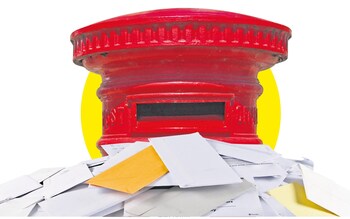

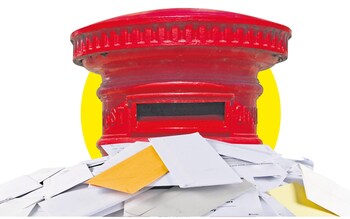
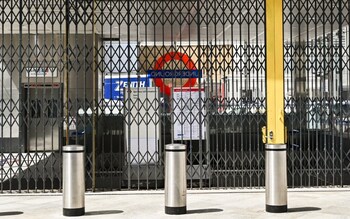

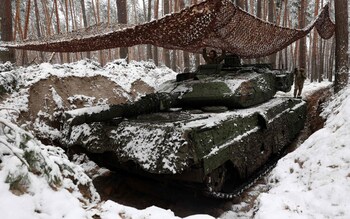








Defence Secretary’s insistence comes after Argentina’s new president Javier Milei said ‘every effort’ must be made to reclaim the territory

Government's fleet including Range Rovers and Jaguars were involved in 129 accidents between January 2017 and October 2023

The former prisons minister on the state of Britain's jails, the Conservative Party in-fighting and the need for seriousness

Prime Minister aims to revitalise his fortunes at Autumn Statement by reducing burden on businesses and workers

Foreign Secretary stresses the importance of pushing on with emergency legislation, taking on Strasbourg if required
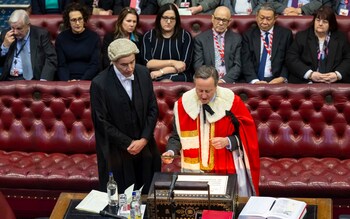
The Government appears to have finally decided to try to win the next general election rather than face a 1997-style wipeout
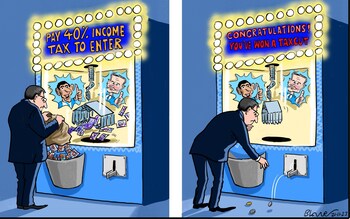
The UK has 'much to learn, as well as much to offer', the Government says in its new International Development white paper
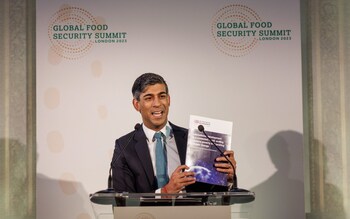
Former prime minister, named new Foreign Secretary last week, will say approach must benefit British people as well as the world
